Horror films have always done more than make us scream. They captivate us visually, mixing fear with fascination. From the classic robert de niro and dakota fanning movie to modern masterpieces that blurred psychological tension with eerie emotion, these films influence how we see beauty in darkness. Behind every haunting stare and dramatic transformation lies a deeper influence on modern beauty trends. Makeup artists and fans alike have borrowed from horror’s bold visuals to create striking looks that push boundaries. The connection between horror and makeup artistry reveals how fear can fuel creativity in surprising ways.
The Power of Visual Shock
Horror relies heavily on visuals. A villain’s appearance must provoke emotion instantly: fear, awe, or intrigue. That visual power has inspired makeup artists to experiment with unconventional textures, shades, and effects. Smudged eyeliner, pale foundations, and blood-red accents have evolved from cinematic tools into fashion statements. What once scared audiences now shapes runways and social media feeds. It’s a reminder that shock, when stylized, can be stunning.
The Gothic Legacy in Beauty
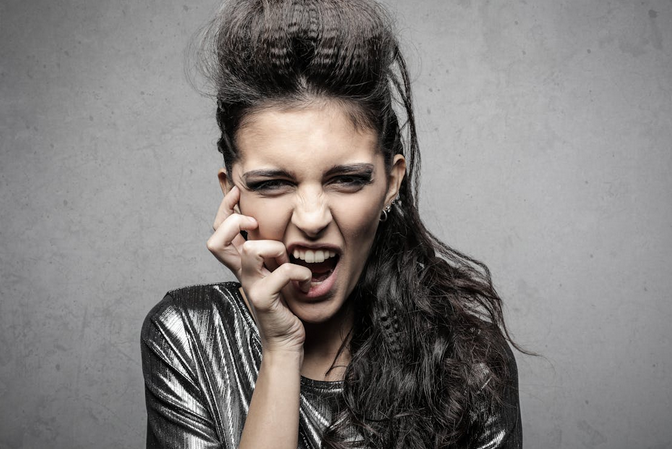
Many of today’s dark beauty trends trace their roots to gothic horror. Classic films like Dracula and Frankenstein set the tone for pale skin, dramatic eyes, and sharp contrasts. Decades later, these motifs found new life in modern fashion and cosmetics. The gothic influence introduced the idea that beauty could be eerie yet elegant. It transformed darkness into allure, showing that mystery can coexist with sophistication. This style continues to thrive because it feels both timeless and daring.
The Rise of Cinematic Makeup Artistry
Horror has long been a training ground for some of the world’s best makeup artists. The genre demands innovation from realistic wounds to supernatural transformations. The techniques used to craft monsters or ghoulish characters have influenced editorial beauty and avant-garde photoshoots. Even high-end brands borrow horror-inspired aesthetics for seasonal collections. The line between special effects and high fashion keeps blurring, proving that creative boundaries in makeup are meant to be broken.
The Influence of Modern Horror
Contemporary horror continues to influence bold beauty trends. Films like Black Swan, Us, and Suspiria combine psychological tension with striking visuals. Their use of color, symmetry, and distortion translates seamlessly into editorial makeup. Neon eyeliner, glitter tears, and distorted contours mirror these cinematic aesthetics. Beauty influencers reinterpret these themes daily, proving that horror’s visual language has become a foundation for modern artistic expression.
Fear as Creative Expression
Fear often sparks artistic exploration. In beauty, horror gives permission to embrace the unconventional. Artists draw on the tension between attraction and repulsion to design looks that challenge norms. These styles celebrate imperfection and intensity rather than conceal them. The result is makeup that feels raw and expressive. It shows that beauty can emerge from discomfort, a philosophy that defines the edgier side of today’s fashion and makeup movements.
Iconic Characters and Cultural Impact
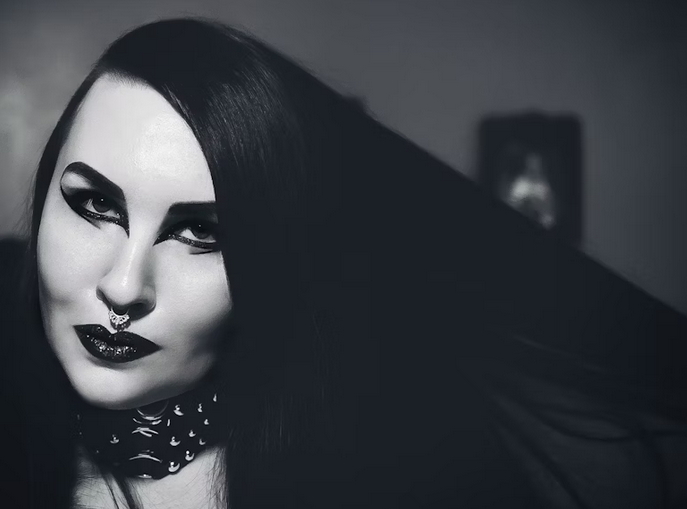
Certain horror icons have shaped beauty culture for generations. Think of Morticia Addams with her sleek black hair and blood-red lips, or The Bride of Frankenstein’s electrifying streak of white. These characters represent more than costumes; they symbolize empowerment through visual identity. Modern artists reinterpret their looks on social media, merging nostalgia with fresh creativity. Their lasting influence underscores how powerful character design can redefine beauty standards.
Halloween and Beyond
Halloween remains the most visible celebration of horror-inspired makeup. Yet its impact stretches far past October. Makeup artists now treat horror aesthetics as year-round art forms. Tutorials on haunting glam, corpse-chic, or supernatural glow dominate online platforms. These looks attract audiences who appreciate creativity over convention. The fascination lies in the transformation of turning something dark into something visually captivating. It’s not about scaring people anymore; it’s about owning the power that comes with standing out.
The relationship between horror and beauty isn’t fading. It’s evolving. As social media fuels experimentation, artists continue to explore new ways to combine fear and elegance. The future of makeup artistry lies in individuality and emotional storytelling. Horror-inspired trends encourage people to embrace what makes them unique, to use makeup as a form of self-expression rather than perfection. It challenges norms and celebrates courage. To create beauty from fear takes both imagination and the utmost confidence. That’s what makes it unforgettable.
…

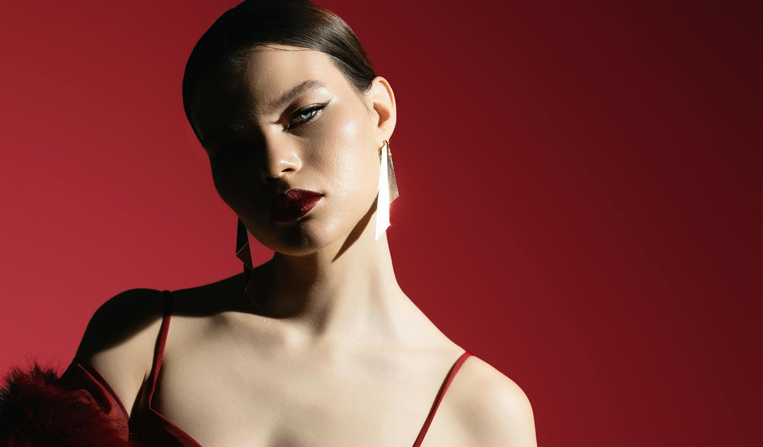

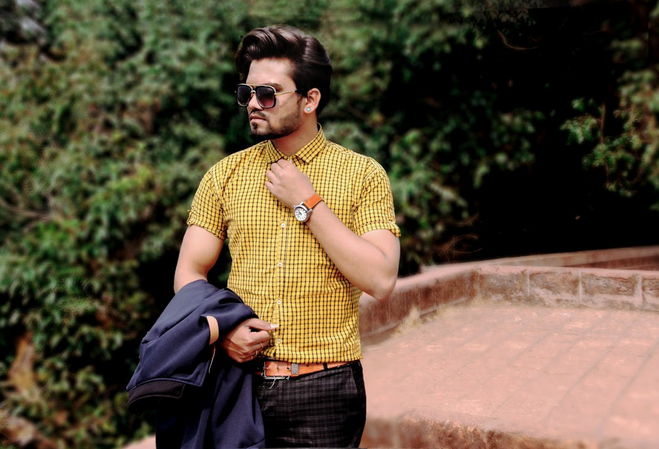
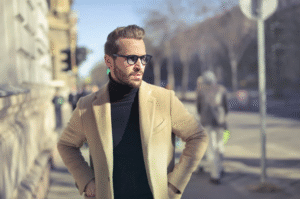 Many men overlook the importance of skin undertones when choosing colors. This can lead to mismatched outfits that don’t enhance their natural features. Skin tones generally fall into three categories: warm, cool, and neutral. Warm undertones often shine with earthy shades like olive green or rich browns. Cool undertones tend to look best in blues and purples. Neutral tones have a bit of both. They can experiment with a variety of colors but should avoid extremes that clash with their complexion.
Many men overlook the importance of skin undertones when choosing colors. This can lead to mismatched outfits that don’t enhance their natural features. Skin tones generally fall into three categories: warm, cool, and neutral. Warm undertones often shine with earthy shades like olive green or rich browns. Cool undertones tend to look best in blues and purples. Neutral tones have a bit of both. They can experiment with a variety of colors but should avoid extremes that clash with their complexion.

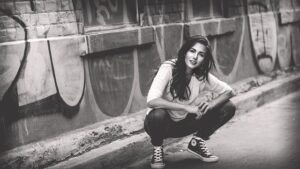 In Brooklyn, the lines between streetwear and high fashion have blurred into a seamless blend. Designers are drawing inspiration from the city’s rich culture and diverse backgrounds, creating collections that speak to both comfort and style. Local boutiques showcase collaborations with well-known brands, offering exclusive pieces that reflect this fusion. Hoodies adorned with intricate embroidery sit side by side with tailored blazers in pop-up shops across the borough.
In Brooklyn, the lines between streetwear and high fashion have blurred into a seamless blend. Designers are drawing inspiration from the city’s rich culture and diverse backgrounds, creating collections that speak to both comfort and style. Local boutiques showcase collaborations with well-known brands, offering exclusive pieces that reflect this fusion. Hoodies adorned with intricate embroidery sit side by side with tailored blazers in pop-up shops across the borough.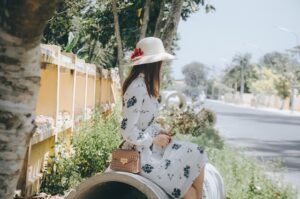 Brooklyn residents are making waves in the fashion scene by prioritizing sustainability and ethics. Local designers are increasingly sourcing materials that have minimal environmental impact. This shift is not just a trend; it’s a lifestyle choice. Vintage shops and thrift stores thrive in this borough, offering unique pieces while promoting reuse. Shoppers enjoy the thrill of finding one-of-a-kind garments with stories to tell.
Brooklyn residents are making waves in the fashion scene by prioritizing sustainability and ethics. Local designers are increasingly sourcing materials that have minimal environmental impact. This shift is not just a trend; it’s a lifestyle choice. Vintage shops and thrift stores thrive in this borough, offering unique pieces while promoting reuse. Shoppers enjoy the thrill of finding one-of-a-kind garments with stories to tell.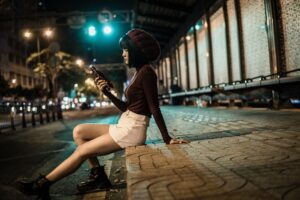 Brooklyn’s streets are bursting with creativity, and the DIY culture is at the heart of it. Residents are turning everyday materials into fashion statements that reflect their individuality and style. The rise of platforms like Instagram has inspired many to showcase their handmade pieces. From custom tie-dye shirts to upcycled denim jackets, each item tells a story. Local artisans are finding ways to blend personal expression with distinct artistic flair.
Brooklyn’s streets are bursting with creativity, and the DIY culture is at the heart of it. Residents are turning everyday materials into fashion statements that reflect their individuality and style. The rise of platforms like Instagram has inspired many to showcase their handmade pieces. From custom tie-dye shirts to upcycled denim jackets, each item tells a story. Local artisans are finding ways to blend personal expression with distinct artistic flair.
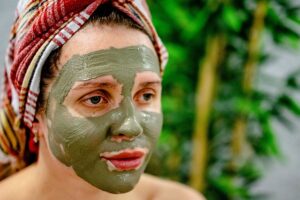 Understanding your skin type is the first step toward achieving that radiant glow. There are five primary types: normal, oily, dry, combination, and sensitive. Normal skin feels balanced—not too oily or dry. If you experience minimal breakouts and have few visible pores, you likely fall into this category. Oily skin produces excess sebum. This can lead to shine and enlarged pores but often protects against aging. Regular cleansing helps manage oiliness.
Understanding your skin type is the first step toward achieving that radiant glow. There are five primary types: normal, oily, dry, combination, and sensitive. Normal skin feels balanced—not too oily or dry. If you experience minimal breakouts and have few visible pores, you likely fall into this category. Oily skin produces excess sebum. This can lead to shine and enlarged pores but often protects against aging. Regular cleansing helps manage oiliness.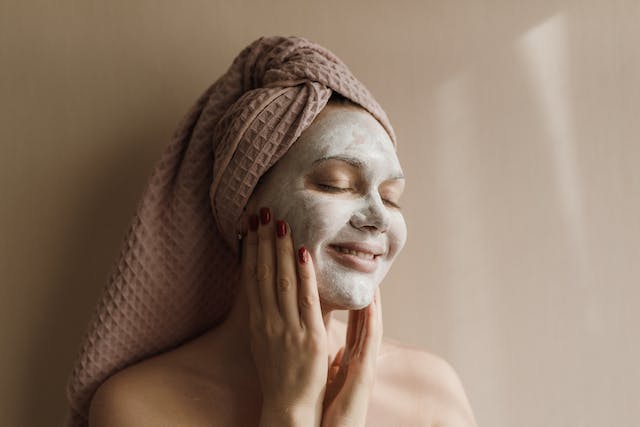


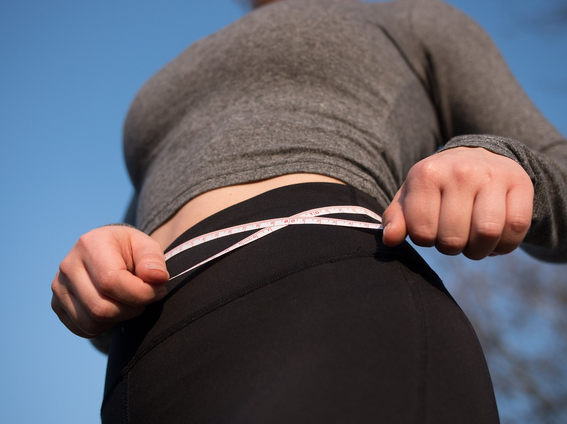
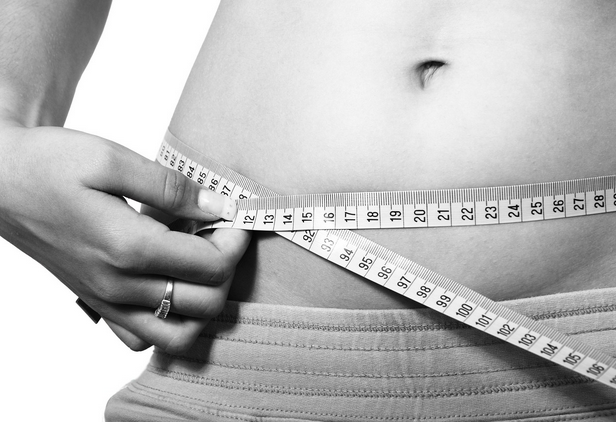
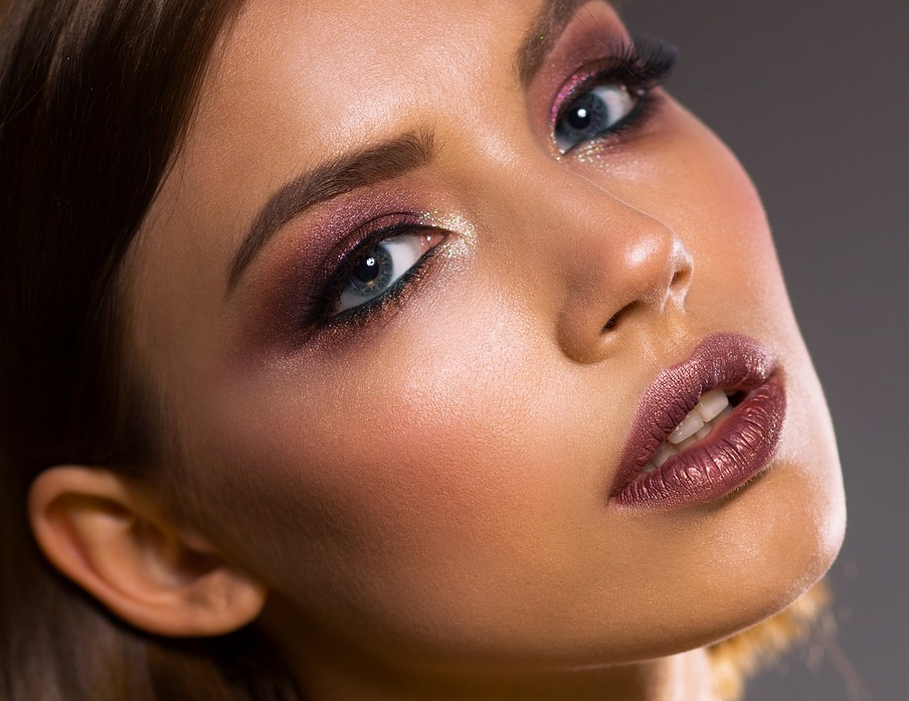
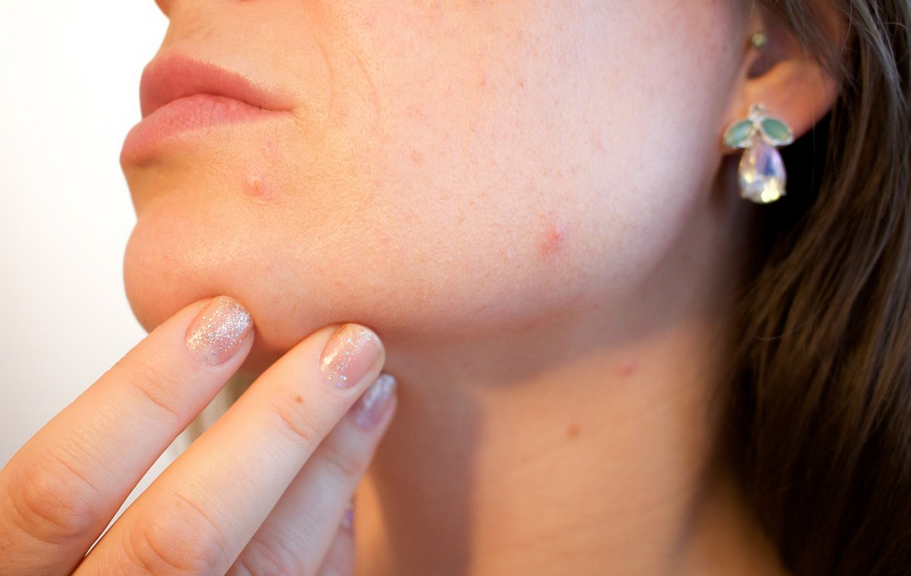 We can’t start the list without helping you reveal what’s on and beneath your skin’s surface. First off, note that there are types of skin – dry, oily, combination, and various other sensitive skin types. Knowing your skin type is the basis for understanding what’s going on in your face.
We can’t start the list without helping you reveal what’s on and beneath your skin’s surface. First off, note that there are types of skin – dry, oily, combination, and various other sensitive skin types. Knowing your skin type is the basis for understanding what’s going on in your face.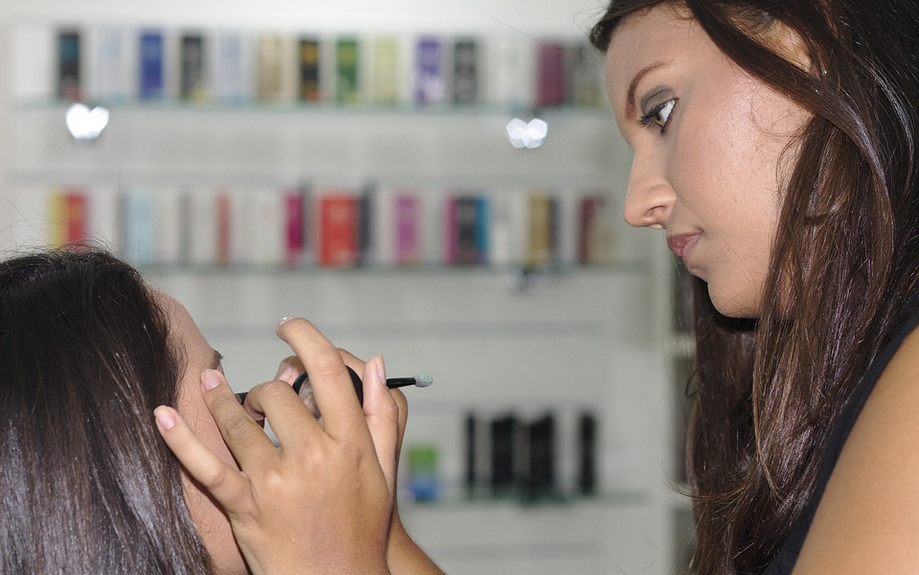 If you want to give your skin some extra pampering, then you should try using a natural face mask. You can create your own DIY masks using ingredients like honey, yogurt, aloe vera, turmeric, coconut oil, and avocado.
If you want to give your skin some extra pampering, then you should try using a natural face mask. You can create your own DIY masks using ingredients like honey, yogurt, aloe vera, turmeric, coconut oil, and avocado.
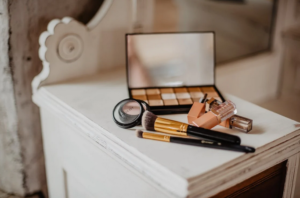 When seeking a reputable cosmetic brand, you’ll want to do your research ahead of time. It means reading reviews from other customers, looking up company information, and anything else that can help you get a better idea of what the brand is all about.
When seeking a reputable cosmetic brand, you’ll want to do your research ahead of time. It means reading reviews from other customers, looking up company information, and anything else that can help you get a better idea of what the brand is all about.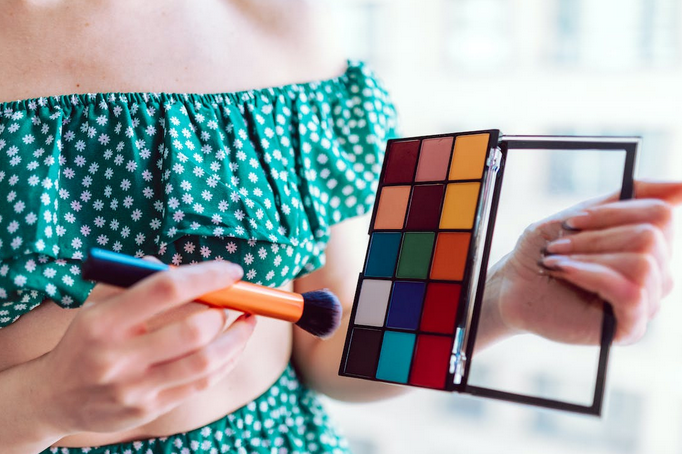 Finally, don’t forget to look for promotions and sales when trying to find a reputable cosmetic brand. Many companies offer discounts on their products from time to time, so you may save some money if you wait for one of these deals. Of course, you’ll want to ensure that you’re still getting a good quality product, even when taking advantage of a promotion or sale. But if you can find a reputable brand offering a discount, it’s worth checking out.
Finally, don’t forget to look for promotions and sales when trying to find a reputable cosmetic brand. Many companies offer discounts on their products from time to time, so you may save some money if you wait for one of these deals. Of course, you’ll want to ensure that you’re still getting a good quality product, even when taking advantage of a promotion or sale. But if you can find a reputable brand offering a discount, it’s worth checking out.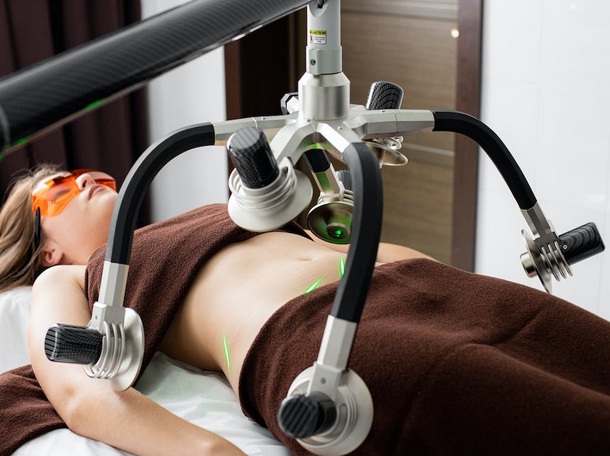
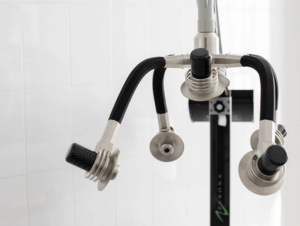 Many medical procedures come with a lot of risks. Coolsculpting is not one of those procedures. It is
Many medical procedures come with a lot of risks. Coolsculpting is not one of those procedures. It is 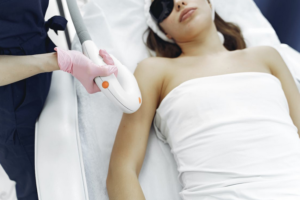 With CoolSculpting, you can target any area of the body that you’d like. This means that if you have a specific area you’d like to focus on, CoolSculpting can help. CoolSculpting is also great for people looking to get rid of fat in multiple areas. If you have fat on your stomach, back, and thighs, CoolSculpting can help. Although it can be used to target any area, it’s important to note that CoolSculpting is not a weight-loss solution. CoolSculpting is best for people who are at or near their goal weight. If you still have some weight to lose, diet and exercise may be better options.
With CoolSculpting, you can target any area of the body that you’d like. This means that if you have a specific area you’d like to focus on, CoolSculpting can help. CoolSculpting is also great for people looking to get rid of fat in multiple areas. If you have fat on your stomach, back, and thighs, CoolSculpting can help. Although it can be used to target any area, it’s important to note that CoolSculpting is not a weight-loss solution. CoolSculpting is best for people who are at or near their goal weight. If you still have some weight to lose, diet and exercise may be better options.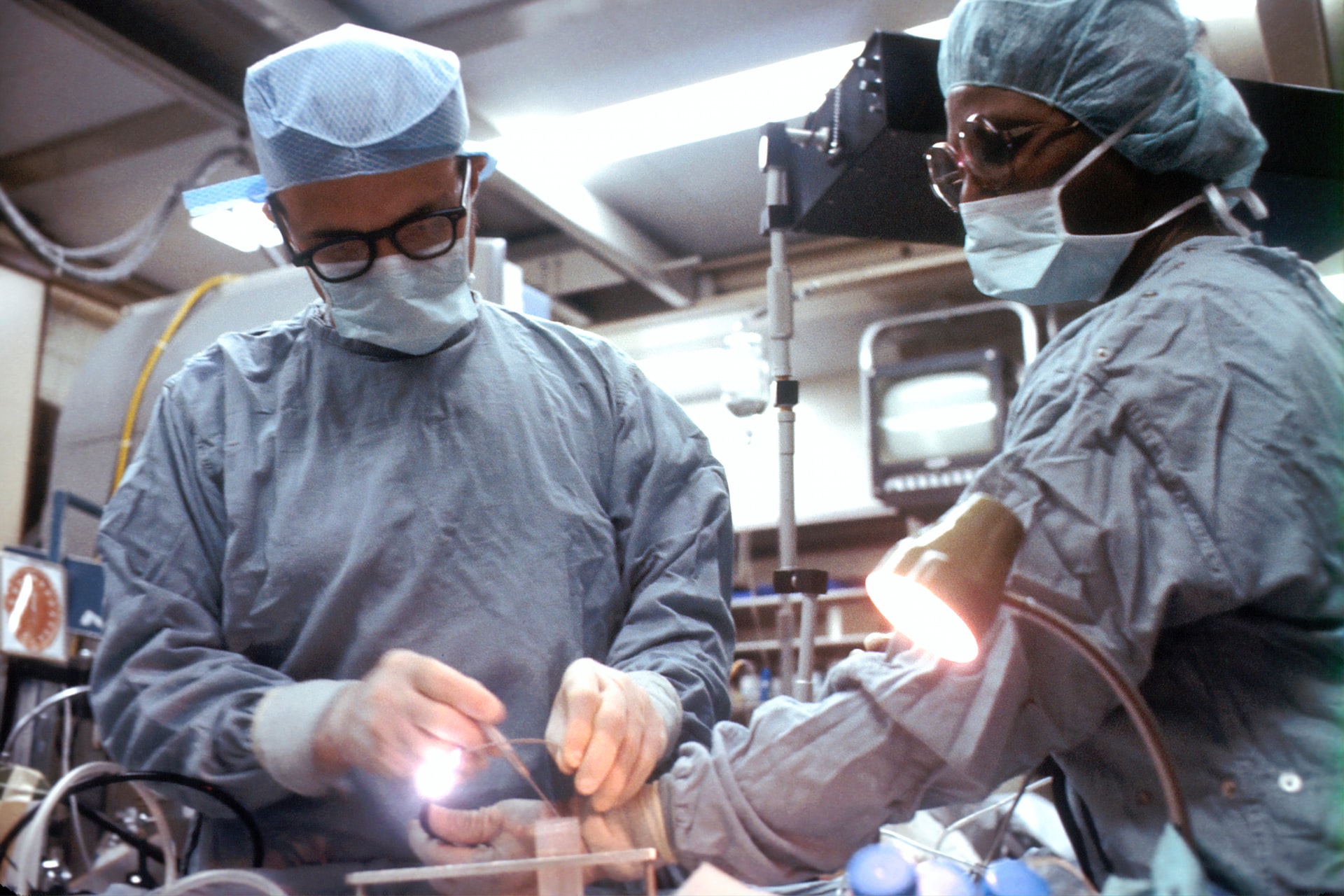
 A nose filler is a type of injectable cosmetic used to improve the appearance of the nose. You can use it to make the nose appear smaller or wider and correct bumps or indentations in the bridge of the nose. Nose fillers are made from various materials, including collagen, hyaluronic acid, fat tissue, and calcium hydroxylapatite. Typically the filler will be injected into several different areas of the nasal bridge to achieve desired results. Still, sometimes more than one treatment may be necessary if there is significant damage or asymmetry. Nose fillers are most effective when used for aesthetic purposes only – they will not correct functional problems with the nose.
A nose filler is a type of injectable cosmetic used to improve the appearance of the nose. You can use it to make the nose appear smaller or wider and correct bumps or indentations in the bridge of the nose. Nose fillers are made from various materials, including collagen, hyaluronic acid, fat tissue, and calcium hydroxylapatite. Typically the filler will be injected into several different areas of the nasal bridge to achieve desired results. Still, sometimes more than one treatment may be necessary if there is significant damage or asymmetry. Nose fillers are most effective when used for aesthetic purposes only – they will not correct functional problems with the nose. Pain, swelling, bruising, and redness at the injection site are possible side effects of hyaluronic acid fillers. These symptoms can continue for days or even weeks after treatment. All possible side effects are allergic reactions to the filler material or other substances used in its manufacture, skin discoloration or irritation where it was injected, and the growth of lumps under the skin.
Pain, swelling, bruising, and redness at the injection site are possible side effects of hyaluronic acid fillers. These symptoms can continue for days or even weeks after treatment. All possible side effects are allergic reactions to the filler material or other substances used in its manufacture, skin discoloration or irritation where it was injected, and the growth of lumps under the skin.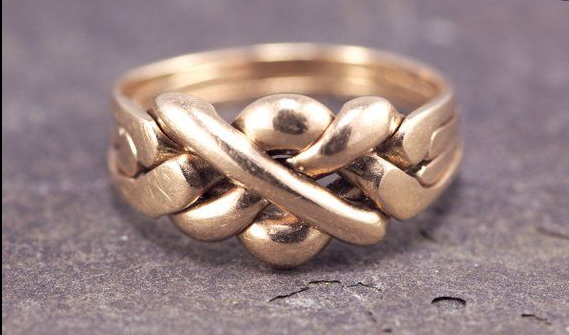
 When buying the best puzzle ring, consider checking the quality, and you can know the best puzzle ring by checking the two marks on the inside of the band. One is the manufacturer’s trademark, and the other is the quality mark indicated in karats.
When buying the best puzzle ring, consider checking the quality, and you can know the best puzzle ring by checking the two marks on the inside of the band. One is the manufacturer’s trademark, and the other is the quality mark indicated in karats. When you already know what kind of ring you are looking for, the next thing is to check six months before the wedding date and shop around for the perfect ring for your wedding. Most puzzle rings are custom-made on placing your order, so it is essential to check out different models of
When you already know what kind of ring you are looking for, the next thing is to check six months before the wedding date and shop around for the perfect ring for your wedding. Most puzzle rings are custom-made on placing your order, so it is essential to check out different models of 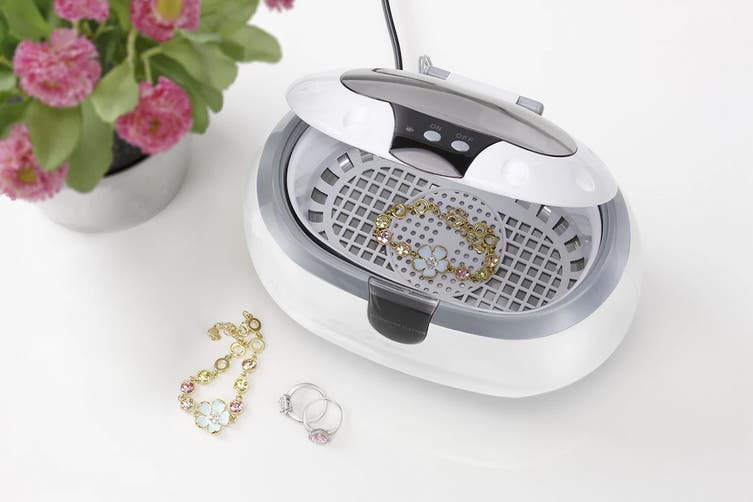
 As mentioned above, ultrasonic cleaners use water-soluble solutions to clean jewelry. However, it is crucial to understand that various chemicals are used for cleaning, and they might incredibly damage your jewelry by either eroding or weakening the metals.
As mentioned above, ultrasonic cleaners use water-soluble solutions to clean jewelry. However, it is crucial to understand that various chemicals are used for cleaning, and they might incredibly damage your jewelry by either eroding or weakening the metals. Think of the time you might waste from taking your jewelry to a specific store and wait for them to clean them before having to walk back home. In other words, when you want to have clean jewelry, you might not know the best sore with quality ultrasonic cleaners. That is why you need to have these cleaning tools because you can use them from the comfort of your home and save a lot of time.
Think of the time you might waste from taking your jewelry to a specific store and wait for them to clean them before having to walk back home. In other words, when you want to have clean jewelry, you might not know the best sore with quality ultrasonic cleaners. That is why you need to have these cleaning tools because you can use them from the comfort of your home and save a lot of time. Lip filler injection, which is a type of lip augmentation, is a cosmetic procedure designed to make the lips plumper and fuller. It is the most common method used among all lip augmentation procedures. There is a variety of dermal lip fillers that can be used with the injection, with the most popular ones being those that have similar properties to hyaluronic acid. Being a substance that is found naturally in the body, hyaluronic acid does not have adverse effects on the lips. The chances of the injectable causing allergic reactions are almost nil. Some of the top benefits of lip injections are highlighted below.
Lip filler injection, which is a type of lip augmentation, is a cosmetic procedure designed to make the lips plumper and fuller. It is the most common method used among all lip augmentation procedures. There is a variety of dermal lip fillers that can be used with the injection, with the most popular ones being those that have similar properties to hyaluronic acid. Being a substance that is found naturally in the body, hyaluronic acid does not have adverse effects on the lips. The chances of the injectable causing allergic reactions are almost nil. Some of the top benefits of lip injections are highlighted below.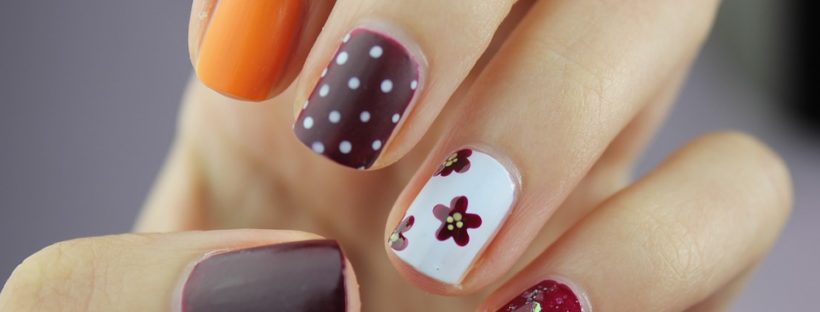

 Doing nail art is a great way to improve your mood. For starters, the feeling that you get after painting your nails will be similar to that you get after a great achievement, especially if the nail art is done exquisitely. You will also feel quite happy each time you look down at your nails.
Doing nail art is a great way to improve your mood. For starters, the feeling that you get after painting your nails will be similar to that you get after a great achievement, especially if the nail art is done exquisitely. You will also feel quite happy each time you look down at your nails.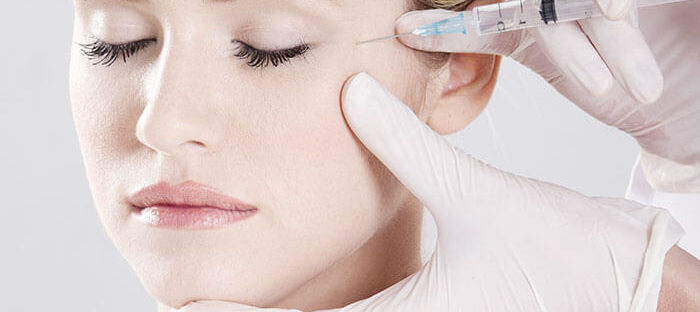


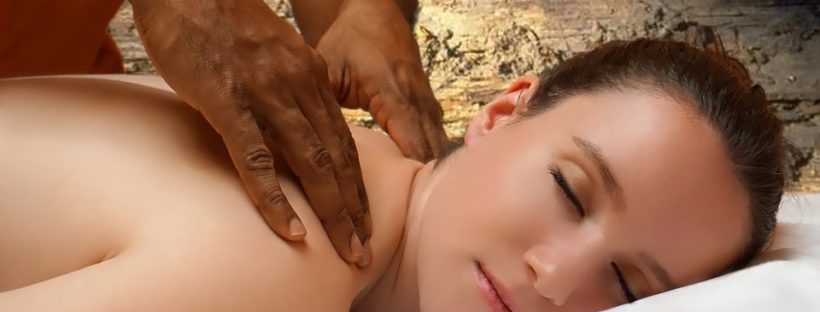
 different procedures. Do calculation and find out if you have enough money to start the business. Consider the cost of the rent, equipment, and supplies. Also, consider the employee wage and marketing will and come up with an accurate number. If you do not have enough, then you can take a loan from the bank. You may alternatively choose the franchise option. You can learn more about funding your spa business online.
different procedures. Do calculation and find out if you have enough money to start the business. Consider the cost of the rent, equipment, and supplies. Also, consider the employee wage and marketing will and come up with an accurate number. If you do not have enough, then you can take a loan from the bank. You may alternatively choose the franchise option. You can learn more about funding your spa business online.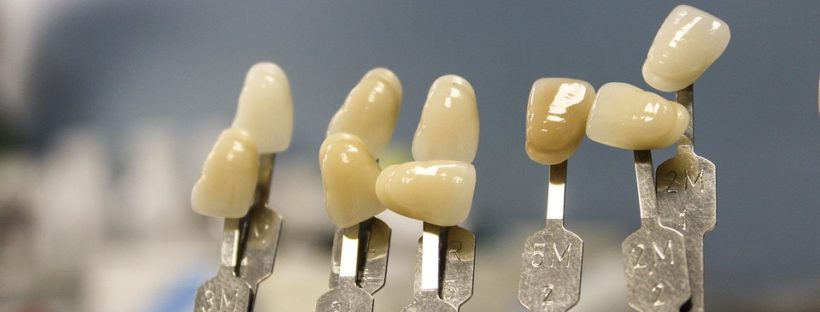
 as halitosis, can be embarrassing. Dental evidence shows that close to 80% of people struggling with bad breath have some dental condition. This could be gum diseases, tooth decay, dry mouth, or some bacteria on the tongue. You can use toothpaste or mouthwash to cover for bad breath, but the best thing to do is to visit a dentist, especially if you suffer from chronic halitosis.
as halitosis, can be embarrassing. Dental evidence shows that close to 80% of people struggling with bad breath have some dental condition. This could be gum diseases, tooth decay, dry mouth, or some bacteria on the tongue. You can use toothpaste or mouthwash to cover for bad breath, but the best thing to do is to visit a dentist, especially if you suffer from chronic halitosis. Tooth sensitivity essentially involves experiencing some pain or discomfort on your teeth after you eat certain foods, mostly sugary foods. Some people experience sensitive teeth when they take hot drinks, or even when they brush their teeth. Sensitivity can be a sign if cracks on the tooth or cavities.
Tooth sensitivity essentially involves experiencing some pain or discomfort on your teeth after you eat certain foods, mostly sugary foods. Some people experience sensitive teeth when they take hot drinks, or even when they brush their teeth. Sensitivity can be a sign if cracks on the tooth or cavities.
 Just as there are some of the best sportsmen living in Melbourne, you should also look for clinics that provide you with the best hair removal techniques. This is because the results that you are likely to get are dependent on the techniques that you use. If you take a look at several clinics, you will notice that their services are greatly varied. This is because they are inspired by different factors. They also are targeting different types of customers are therefore, you can be sure that they will be using various unique approaches. The best thing to do in such a situation is to ensure that you choose a clinic that uses techniques that you are comfortable with.
Just as there are some of the best sportsmen living in Melbourne, you should also look for clinics that provide you with the best hair removal techniques. This is because the results that you are likely to get are dependent on the techniques that you use. If you take a look at several clinics, you will notice that their services are greatly varied. This is because they are inspired by different factors. They also are targeting different types of customers are therefore, you can be sure that they will be using various unique approaches. The best thing to do in such a situation is to ensure that you choose a clinic that uses techniques that you are comfortable with. What happens after you have removed the hair? Ordinary clinics will leave it at that as long as the hair has been removed, and you have paid. However, that is not what you are going to find in Melbourne. Instead of that, you will be looking for clinics that will help you to handle any difficulties that may arise after the treatments. They should help you to understand how to get rid of things such as irritation or dry skins. These can be treated easily through the application of special creams that you will get from the clinic.
What happens after you have removed the hair? Ordinary clinics will leave it at that as long as the hair has been removed, and you have paid. However, that is not what you are going to find in Melbourne. Instead of that, you will be looking for clinics that will help you to handle any difficulties that may arise after the treatments. They should help you to understand how to get rid of things such as irritation or dry skins. These can be treated easily through the application of special creams that you will get from the clinic.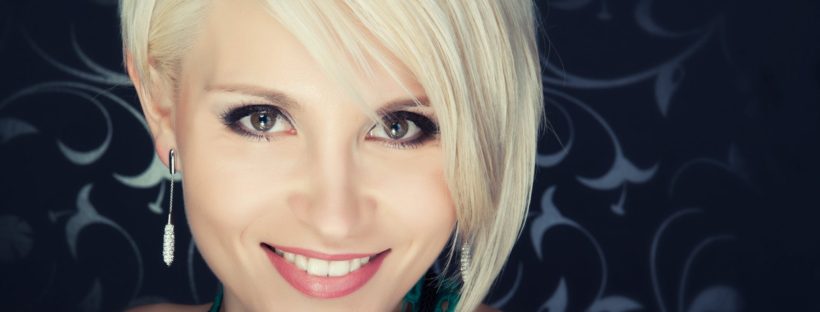
 Any CoolSculpting provider should have certification that shows that they must have attended a particular medical school that is recognized. Look for certification from the Food and Drug Administration, FDA. This is the only body that is allowed to approve providers that are allowed to perform CoolSculpting.
Any CoolSculpting provider should have certification that shows that they must have attended a particular medical school that is recognized. Look for certification from the Food and Drug Administration, FDA. This is the only body that is allowed to approve providers that are allowed to perform CoolSculpting. A good CoolSculpting treatment doctor is one whose past patients are happy and satisfied with his or her services. You should, therefore, check out for all the reviews about the provider you want to choose to see if his or her previous clients were happy.
A good CoolSculpting treatment doctor is one whose past patients are happy and satisfied with his or her services. You should, therefore, check out for all the reviews about the provider you want to choose to see if his or her previous clients were happy.


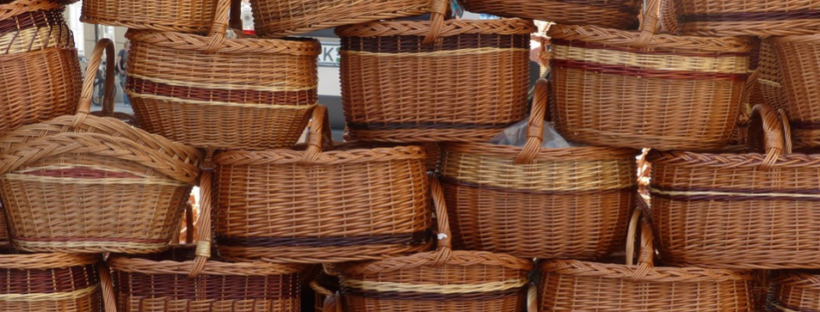
 The rattan bags are believed to have originated from Indonesia and Bali. Since they become popular in Asia, most people traveled from the Philippines to Bali and Indonesia to purchase these bags in bulk and sell them in the Philippines and other Asian countries.
The rattan bags are believed to have originated from Indonesia and Bali. Since they become popular in Asia, most people traveled from the Philippines to Bali and Indonesia to purchase these bags in bulk and sell them in the Philippines and other Asian countries. If you need to purchase the
If you need to purchase the 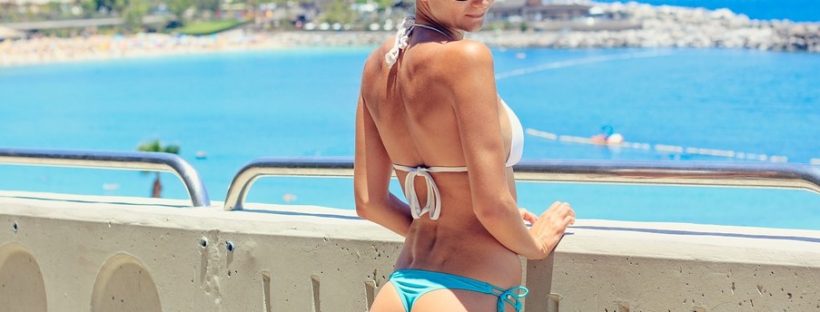

 Yes. The availability of harmful products should not scare anyone off as most bleaching creams use only safe medical grade ingredients. Arbutin is one of the leading ingredients that have been proven very safe and efficient in lightening skin color. Another competing ingredient that is popular for bleaching sensitive areas is Kojic acid. It is a natural ingredient, which has been used in Japan for many years, for skin lightening and maintaining the color of fruits. Its safety and effectiveness is unquestioned and should be considered when choosing the product to use.
Yes. The availability of harmful products should not scare anyone off as most bleaching creams use only safe medical grade ingredients. Arbutin is one of the leading ingredients that have been proven very safe and efficient in lightening skin color. Another competing ingredient that is popular for bleaching sensitive areas is Kojic acid. It is a natural ingredient, which has been used in Japan for many years, for skin lightening and maintaining the color of fruits. Its safety and effectiveness is unquestioned and should be considered when choosing the product to use.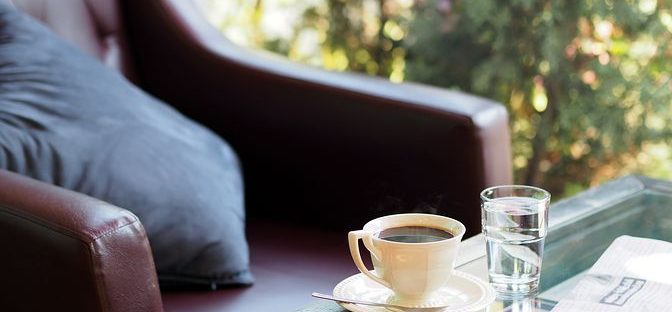
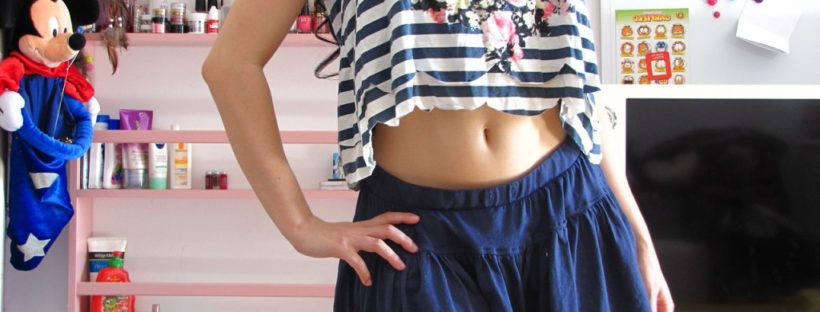


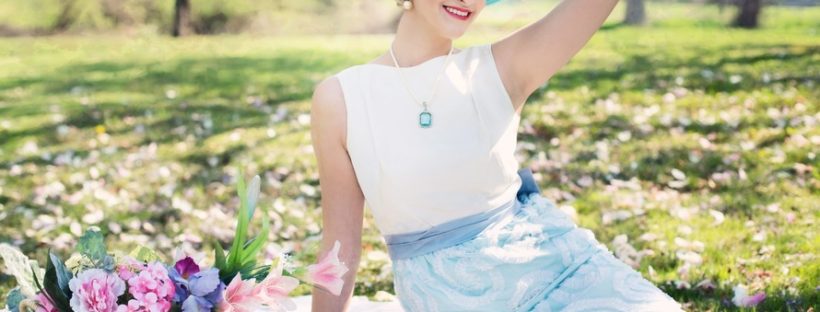
 two or three people wearing exactly like yourself. There is no standing out, and the party is spoilt for you. The authenticity of the designer clothes ensures that what you are wearing is unique and no imitation is out there. Reputable designers will sit down with you and custom make a unique attire for your important event to come.
two or three people wearing exactly like yourself. There is no standing out, and the party is spoilt for you. The authenticity of the designer clothes ensures that what you are wearing is unique and no imitation is out there. Reputable designers will sit down with you and custom make a unique attire for your important event to come. Designer clothes are more durable than any other because the designers use high-quality fabrics. So, the attire will not only serve the oncoming event but will last for many years to come. This means that the attire is cheap in the long run saving some money.
Designer clothes are more durable than any other because the designers use high-quality fabrics. So, the attire will not only serve the oncoming event but will last for many years to come. This means that the attire is cheap in the long run saving some money.
 A diamond engagement ring is a perfect selection to show how much you love her and how much you value and treasure her. Diamond comes with a sign of eternity which communicates all its importance. Pick some special diamond for that unique person to dazzle your love life with elegance, pureness, and authenticity.
A diamond engagement ring is a perfect selection to show how much you love her and how much you value and treasure her. Diamond comes with a sign of eternity which communicates all its importance. Pick some special diamond for that unique person to dazzle your love life with elegance, pureness, and authenticity.
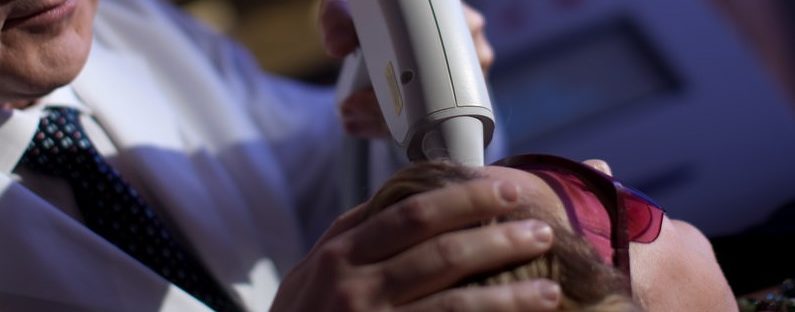


 The food that you eat determines the health of your skin too. Have you seen some grandmothers and grandfathers still successful in having a fresh felt skin? They take care of their food habits accordingly.
The food that you eat determines the health of your skin too. Have you seen some grandmothers and grandfathers still successful in having a fresh felt skin? They take care of their food habits accordingly.

 (iii) Wear the right heels for your feet type
(iii) Wear the right heels for your feet type wearing heels. It is recommended that you do stretches that target the front foot as well as the ankle. This ensures steady blood flow thus relieving pressure. A good way to do this is through targeting the Achilles’ tendons as well as calf muscles by pointing your toes down and pulling them up in repetitions. Make it a habit of doing this after removing your heels and even before wearing them on and you will notice some relief.
wearing heels. It is recommended that you do stretches that target the front foot as well as the ankle. This ensures steady blood flow thus relieving pressure. A good way to do this is through targeting the Achilles’ tendons as well as calf muscles by pointing your toes down and pulling them up in repetitions. Make it a habit of doing this after removing your heels and even before wearing them on and you will notice some relief.